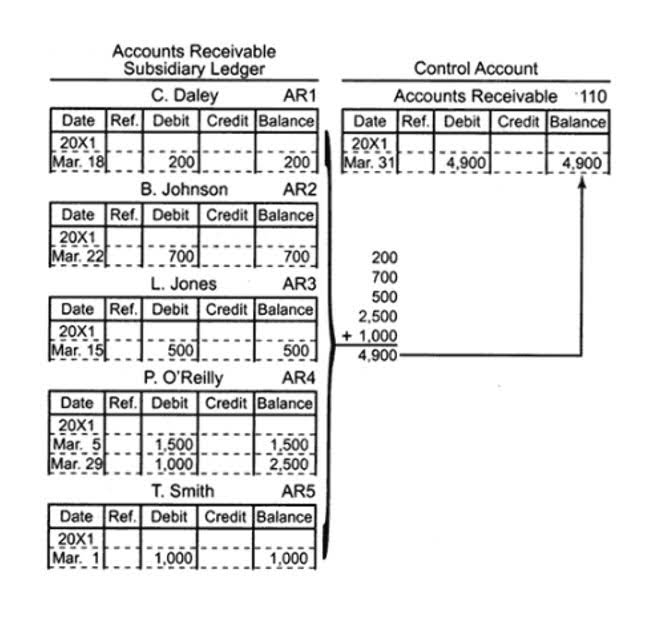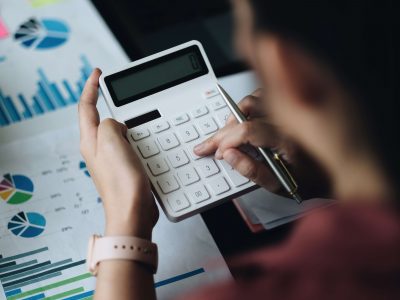These assets are also called invisible because they generally do not appear in financial statements. Most internally developed invisible assets are absent from company balance sheets because they do not have a price that can be used to assign fair market value. As you already know, your Balance Sheet reports your entity’s assets, liabilities, and shareholder’s equity.
Customer Stories
After initial recognition, an entity usually measures an intangible asset at cost less accumulated amortisation. CARES Act It may choose to measure the asset at fair value in rare cases when fair value can be determined by reference to an active market. As discussed above, intangible assets are classified on the basis of their useful life. These include intangible assets with a finite life and ones with an indefinite life.
Copyrights
CFA Institute Research and Policy Center is transforming research insights into actions that strengthen markets, advance ethics, and improve investor outcomes for the ultimate benefit of society. It is easy to view quality as a driver of customers’ decisions, but certain qualities do not exhibit the characteristics of a resource, meaning they do not fill up gradually over time. For example, if intangible assets do not include: you run a call center that has enough trained staff to handle 1,000 calls per hour, quality will be fine so long as calls arrive at this rate or less. However, if 1,100 calls per hour start arriving, quality will drop instantly.
- The same is the case with the operating system used in a computer.
- The cost of generating an intangible asset internally is often difficult to distinguish from the cost of maintaining or enhancing the entity’s operations or goodwill.
- You must recognize Development cost as an intangible asset and capitalize the same over its useful life.
- For example, a database can be lost or destroyed, as can a brand reputation.
- Examples of unidentifiable assets are brand recognition, corporate reputation and client relationships.
- In this case, the correct approach would be to capture the resource of staff skill, which is filled up by training and drains away when staff leave or forget.
Understanding Invisible Assets
Also, the intangible asset must have an identifiable value and a long-term lifespan. You do not record intangible assets that you create within your business. As per this method, you need to carry the intangible assets at cost less accumulated amortization and impairment losses post the initial recognition of such assets. Accordingly, expenditure incurred on an intangible asset not satisfying the intangible assets definition and recognition criteria is included in Goodwill. This Goodwill is identified at the time of the acquisition of such an asset. Furthermore, you do not amortize the intangible assets having indefinite useful life.
- Investors see intangibles as companies’ most valuable assets, yet the current accounting model largely overlooks them.
- The method of amortization would follow the same rules as intangible assets with finite useful lives.
- Therefore, intangible assets are resources that do not have a physical existence.
- For businesses, an intangible asset includes patents, goodwill, and intellectual property.
- In addition, start-up and organizational costs are expensed as incurred, rather than capitalized.
- Currently, companies are investing more in intangibles because they are aware that they can help them build protective moats, boost productivity, and deliver higher returns.
Financial Accounting
Intangible Assets can be classified based on the useful life of Grocery Store Accounting such assets. Alison Kimberly is a freelance content writer with a Sustainable MBA, uniquely qualified to help individuals and businesses achieve the triple bottom line of environmental, social, and financial profitability. She has been writing for various non-profit organizations for 15+ years.
If you plan to sell your company, you will need to include your intangible assets in your small business valuation. Additionally, you can use methods to understand the value of your intangible assets. You must carry the intangible asset at Cost once you have recognized it as intangible. Now, you can choose between two methods to measure the intangible assets post the acquisition. Accordingly, the useful life assessment changes for such intangible assets.
- Non-current assets are tangible assets that are not expected to be consumed or converted to cash within one year.
- Amortization is the systematic write-off of the cost of an intangible asset to expense.
- When purchasing a patent, a company records it in the Patents account at cost.
- Although brand recognition is not a physical asset that can be seen or touched, it can have a meaningful impact on generating sales.
- The finite useful life for a copyright extends to the life of the creator plus 50 years.
Unidentifiable intangible assets are things you cannot specifically define or quantify. An unidentifiable intangible asset can’t be separated from a business. Generally, a business cannot buy or sell an unidentifiable asset without jeopardizing the key business. Unidentifiable assets include brand recognition, corporate reputation, and client trust or relationships. These are the types of intangible assets that generate economic benefits for your business for a limited period of time.



